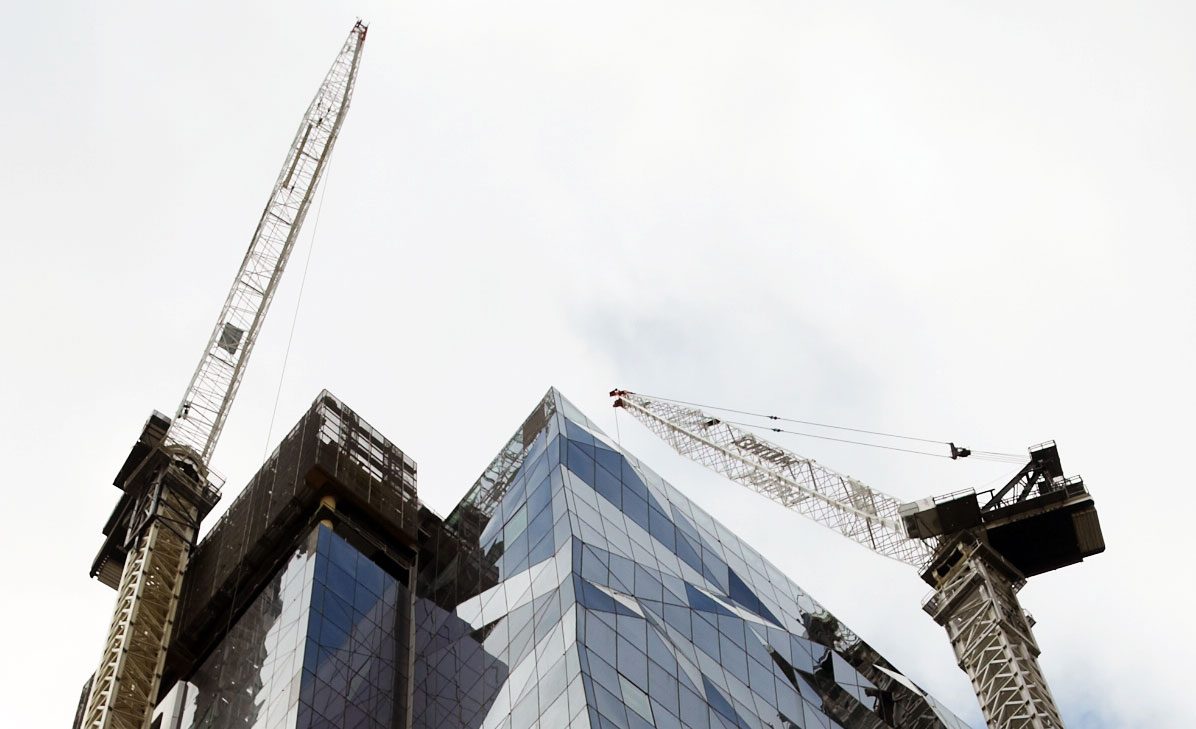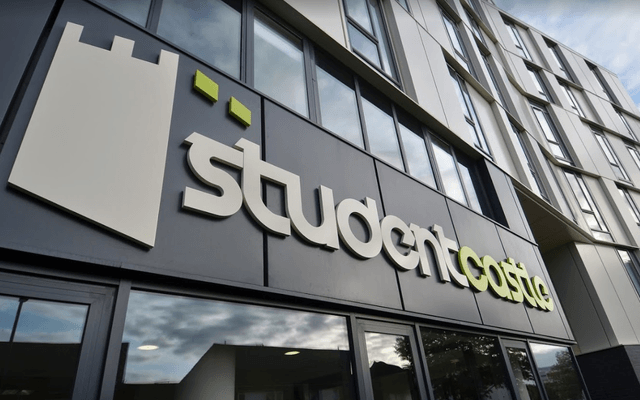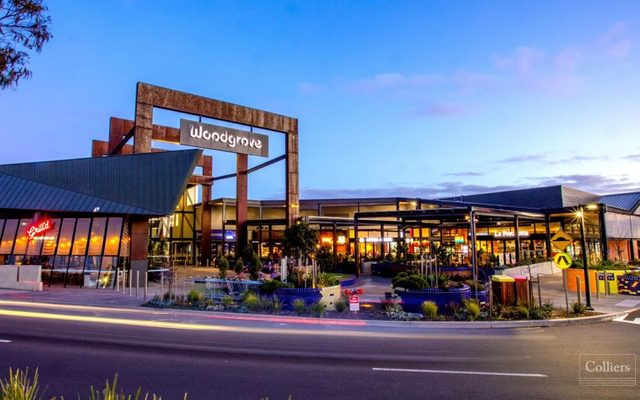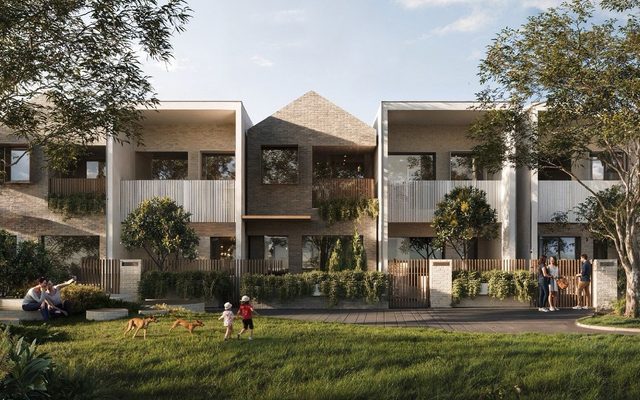This article is from the Australian Property Journal archive
HOUSING approvals grew by 7.6% in September, in an unexpected boost for the construction industry, albeit carried by the volatile apartment sector.
The latest official data showed Australian dwelling building approvals rose much higher than an expected stable result, at a total of 14,004, although they are down 19% year on year.
AMP Capital chief economist Shane Oliver said that while dwelling approvals rebounded in September, this was due the rise in the “often volatile apartment approvals, which are likely to be back down again this month”.
“The bounce in September also followed several months of sharp falls so the trend is still down in total approvals although there are some signs that apartment approvals may be starting to stabilise around a low.”
Apartment approvals were up 16.6%, down 27.4% annually, at 5,430, and house approvals rose by 2.8% to 8,424, 11.1% below last year.
The trend value of alterations and additions fell 0.4%, and are up 1.7% year on year, while trend in the value of non-residential approvals rose 2.5% and is up 29.7% year on year.
In trend terms, dwelling approvals fell in the Northern Territory (9.3%), Western Australia (2.4%), Australian Capital Territory (1.8%), New South Wales (1.2%), Queensland (0.5%) and Victoria (0.4%).
Tasmania (1.6%) and South Australia (0.4%) recorded increases.
The Urban Taskforce noted that NSW approvals are at their lowest point since June 2013.
“NSW is now below Victoria’s home approvals, which has a smaller population, yet their September home approvals were 4,247 compared to the NSW approvals of 3,670,” Urban Taskforce chief executive officer, Chris Johnson.
Only 3,914 new apartments will be delivered in Melbourne in 2019, the lowest level since 2013, and around 3,000 units were shelved, Urban Property Australia has forecast. New residential dwellings that were approved but have not gone ahead has surged to unprecedented levels, driven by abandoned apartments in New South Wales, Victoria and Queensland, according to the ABS.
According to this week’s NAB Commercial Property Index, the number of developers expecting to start new works in the short term remains well below average – consistent with the latest activity indicators showing weakness in both housing and non-residential construction.
Developers said funding conditions remain difficult but have stabilised, and are however expected to improve noticeably over the next three to six months.
UBS has previously forecast dwelling commencements to drop to 170,000, and its tracking of construction job ads is consistent with about 100,000 jobs losses ahead.
Charter Keck Cramer expects residential construction across Australia’s eastern seaboard will enter a period of significant decline over the coming 12 to 18 months, while BIS Oxford Economics has suggested a recovery in building is in sight, but not before a deeper correction.
The Housing Industry Association had expected the market to stabilise at around 180,000 starts per year, 20% below the market peak, with economic improvements, lending and stabilisation of the residential market likely to pad out the bottom of the cycle.




